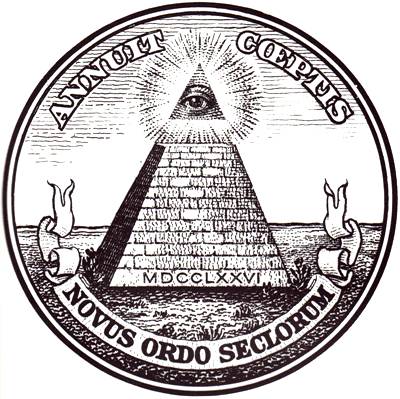Erdman wrote a book explicating the political and historical implications of Blake's poetry. This post relates to his insights on Blake's poem America which Blake published in 1793.
Blake: Prophet Against Empire, David V. Erdman, Page 24,25 . Erdman writes:
"It is important to recognize this passage (America, plate 6 [8]) as Blake's poetic paraphrase of the Declaration of Independence because he frequently alludes to by repeating one or two of its central images,...The page is illuminated with a picture of a naked (resurrected) man sitting on the grave of his dead past and gazing confidently into the heavens."
America a Prophecy, Plate 6 [8], (E 53)
02 The morning comes, the night decays, the watchmen leave
03 their stations;
04 The grave is burst, the spices shed, the linen wrapped up;
05 The bones of death, the cov'ring clay, the sinews shrunk & dry'd.
06 Reviving shake. inspiring move, breathing! awakening!
07 Spring like redeemed captives when their bonds & bars are burst;
08 Let the slave grinding at the mill, run out into the field;
09 Let him look up into the heavens & laugh in the bright air;
10 Let the inchained soul shut up in darkness and in sighing,
11 Whose face has never seen a smile in thirty weary years;
12 Rise and look out, his chains are loose, his dungeon doors are open.
13 And let his wife and children return from the opressors scourge;
14 They look behind at every step & believe it is a dream.
15 Singing. The Sun has left his blackness, & has found a fresher morning
16 And the fair Moon rejoices in the clear & cloudless night;
17 For Empire is no more, and now the Lion & Wolf shall cease.
Quoting Erdman: "That document holds that all men are endowed with 'certain inalienable rights,' including:
life - "The morning comes...The grave is burst"
liberty - "Let the slave grinding at the mill, run out into the field"; "Let the inchained soul...look out"; "let his wife and children return from the opressors scourge."
and the pursuit of happiness - "Let him look up into the heavens & laugh...Whose face has never seen a smile in thirty weary years", the reunited family "look behind at every step & believe it is a dream. Singing. The Sun has left his blackness, & has found a fresher morning."
...it is their right, it is their duty, to throw off such a government...having in direct object the establishment of a absolute Tyranny - "For Empire is no more, and now the Lion & Wolf shall cease."
Blake's interest in the American Revolution centered around the establishment of liberty and justice. But he also saw revolution as a sign of the coming apocalypse. America is strewn with images suggesting that the new nation is a sign of a new beginning in world history where the Eternal breaks into the affairs of men.
I found this passage in Joseph Campbell's The Inner Reaches of Outer Space. In describing Great Seal of the United States, he shows the birth of America as symbolizing the kind of transformation Blake anticipated. Campbell, like Blake, is able to present the images embedded in experience.
Joseph Campbell, The Inner Reaches of Outer Space, Page 126:
Figure 16. Reverse, Great Seal of the United States.
"The present pyramid is not, however, of that first creation, but of a second, a 'new order of the world' (novus ordo seclorum), represented here as constituted of exactly 13 courses allegorical of our 13 original states. And whereas behind the new pyramid there is only a desert to be seen, before and around it are the sprouting signs of a new and fresh beginning, dated 1776: 1+7+7+6=21. Mankind, that is to say, has herewith come of age and taken to itself responsibility and authority for the shaping of human lives according to Reason.
"Moreover, between the dated course at the pyramid's base, which tells of an occurrence in Time, and the Eye at the top, which is of Eternity, there are 12 courses, this being the number of the belt of the zodiac as defining the limits of the physical world. The number 13, accordingly, which is that dated course at the base, represents a creative transcendence of the boundary: not death, as appears in the popular superstition of 13 at table, but an achieved life beyond death, as signified in the model of the table of the Last Supper, where the 12 Apostles were of the number of the signs of the belt of the zodiac by which the physical world is bounded, whereas the incarnate God who was about to die, though indeed among them in the field of Time, was of Eternity, beyond the pale of death. Thus the number 13 of our 13 originating states is here interpreted and celebrated as the sign of a resurrection of life out of death, fresh leaves from a desert, a wholesome gift of of the light of Reason as an awakener to maturity of the mind in its social conscience."

No comments:
Post a Comment